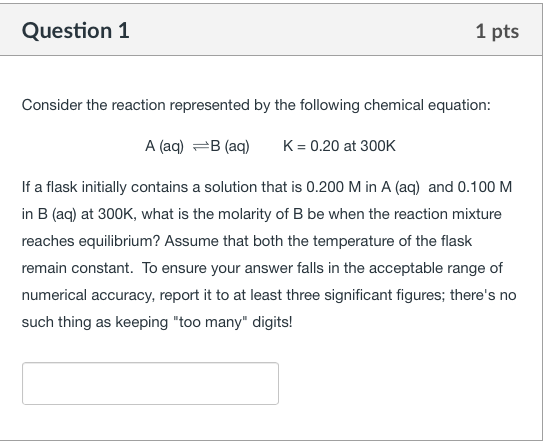Answered step by step
Verified Expert Solution
Question
1 Approved Answer
Consider the reaction represented by the following chemical equation: A(aq)B(aq)K=0.20at300K If a flask initially contains a solution that is 0.200M in A(aq) and 0.100M in

Step by Step Solution
There are 3 Steps involved in it
Step: 1

Get Instant Access to Expert-Tailored Solutions
See step-by-step solutions with expert insights and AI powered tools for academic success
Step: 2

Step: 3

Ace Your Homework with AI
Get the answers you need in no time with our AI-driven, step-by-step assistance
Get Started


